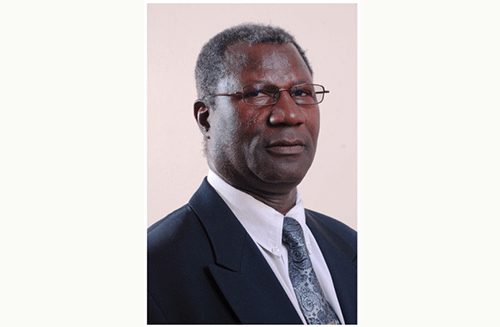Even when goals have been set, policymakers need to prioritise and allocate resources in the face of conflicting requirements if they are to meet short-term political goals, economic growth, social progress and environmental sustainability.
Wrong decisions can have serious consequences, increase human suffering, and even precipitate crises.
Improving the basis for sound decision-making, integrating many complex issues and providing simple signals that a busy decision-maker can understand are thus high priorities.
At a time when modern information technologies increase the flow of information but not necessarily our ability to absorb it, we need information tools that condense and digest information for rapid assimilation.
This is a key role for indicators. Making decisions without reliable indicators is like driving without road signs. Thus, for managing an economy, economic statistics and indicators like GDP and the unemployment rate have been developed.
The drive towards sustainability also requires adequate indicators across all economic, social and environmental dimensions. Indicators can both directly inform decision-makers, and indirectly influence public opinion through their use by the media and civil society.
This can result in pressures on political processes and governments and build implementation support. After agenda 21 was adopted at the Rio Earth Summit in 1992, the United Nations Commission on Sustainable Development (CSD) took on the challenge of developing sustainability indicators. The first compilation of 134 indicators in 1996 was tested by over 20 countries, and a revised set of 58 core indicators was published in 2001 and recommended for national application.
The Scientific Committee on Problems of the Environment (SCOPE) of the International Council for Science has been providing independent scientific advice to the international community since 1969. When the CSD and the United Nations system began considering indicators of sustainable development, SCOPE organised a project on sustainability indicators, carried out in close collaboration with governments, the CSD and the United Nations. The SCOPE published a first report that summarised the state-of-the-art on indicators and suggested ways forward.
The SCOPE, together with United Nations Environment Programme, European Economic Area and the International Human Dimensions Programme on Global Environmental Change, has completed the second assessment of indicators, Measuring Progress Towards Sustainability, prepared by 60 international experts.
The first sets of sustainability indicators simply compiled a large number of existing measurements in various sustainability frameworks, for example as reflected in Agenda 21.
Subsets of indicators were then developed to address various key policy issues. Indicators can be found at various levels, from those developed for specific issues to small numbers of indicators of high policy relevance. More recently, new indicators have been derived for some of the essential system processes and inter-relationships such as materials flows and energy efficiency.
These provide a more integrated assessment of steps towards sustainability. A number of composite and aggregate indicators have also been developed (e.g. Human Development Index HDI, Environmental Sustainability Index ESI, Ecological Footprint, etc.).
Initially, these indicators simply compared the relative progress of countries, but recently some indicators (e.g. Environmental Vulnerability Index EVI, Environmental Performance Index EPI) have begun to rate progress against sustainability thresholds and targets, and to generate national profiles that pinpoint strengths and weaknesses. As such, they can be used as tools to direct policy action.
Inadequacies in the available data have hindered progress with many indicators. Developing countries often lack basic statistical data, and even in the most advanced countries, many critical kinds of observations are still not systematically made. Where data series exist, there may be variations in methodology that make indicator comparisons unreliable.
There is a notable lack of good time series data on the environment necessary for credible composite indicators.
A major effort is still required to provide adequate information to support decision-making, especially for social and environmental issues. One area where major progress is being made is in global observations of the environment.
New technologies including satellite remote sensing are steadily improving our ability to collect globally coherent data sets, guided by the Integrated Global Observing Strategy (IGOS) Partnership and the intergovernmental Group on Earth Observations (GEO) coordinating the 10-year implementation plan for the Global Earth Observation System of Systems (GEOSS). However, major investments are still needed to assemble data sets and to interpret them in ways useful for decision-makers.
The development of indicators based on these new flows of information is an important priority. For indicators to be effective in the political arena, they need to be credible, legitimate and relevant to policy priorities. Internationally, indicators can show how well countries are performing on global sustainability targets both in a specific area such as greenhouse gas emissions in relation to Kyoto Protocol targets, and in more general terms with respect to environmental sustainability or vulnerability.
Indicators have now been used for several years to measure progress towards the Millennium Development Goals adopted by the Millennium Summit in 2000.


